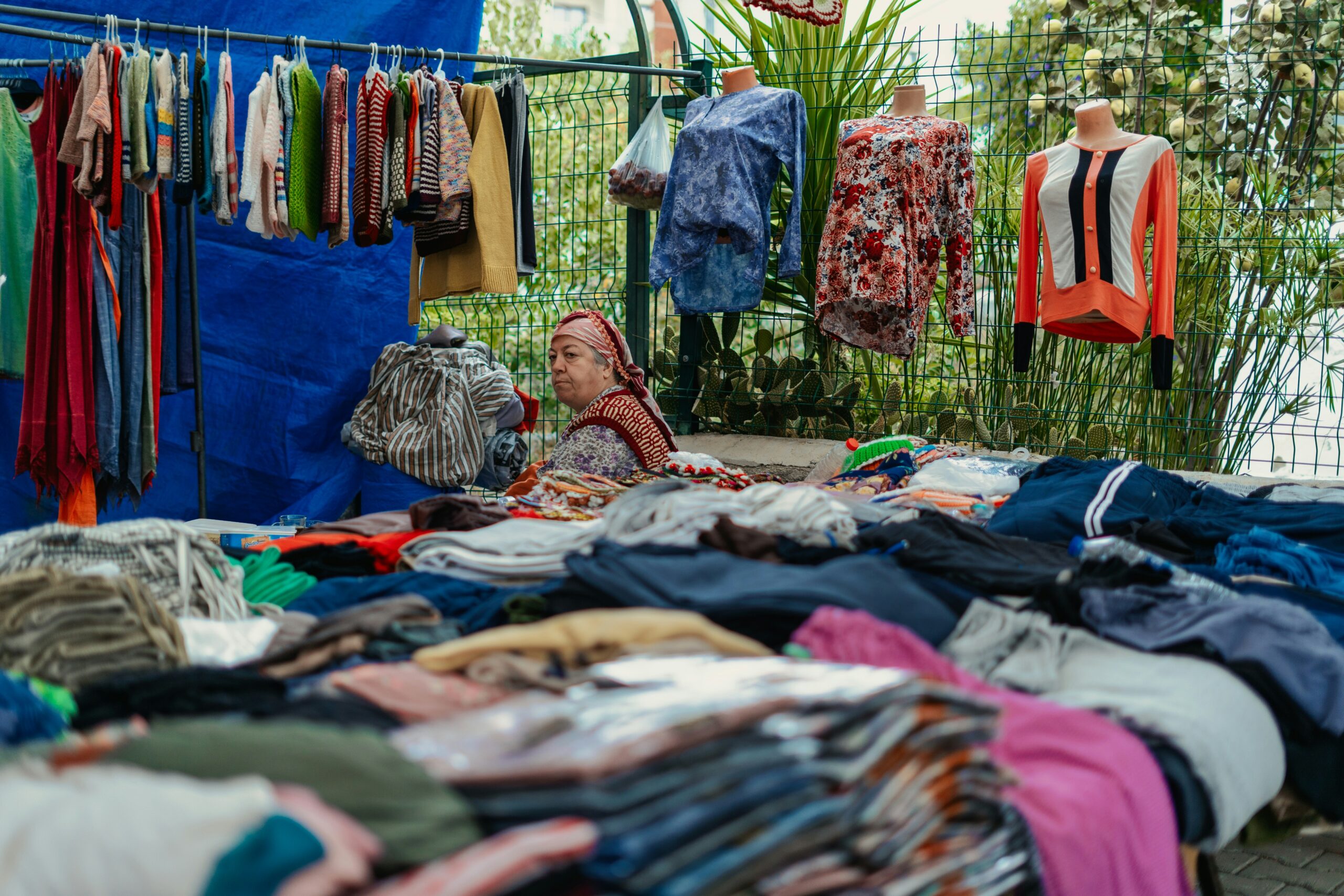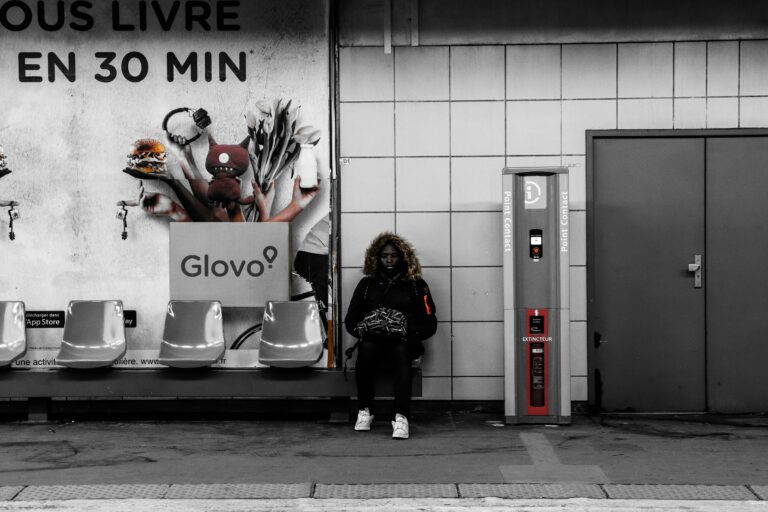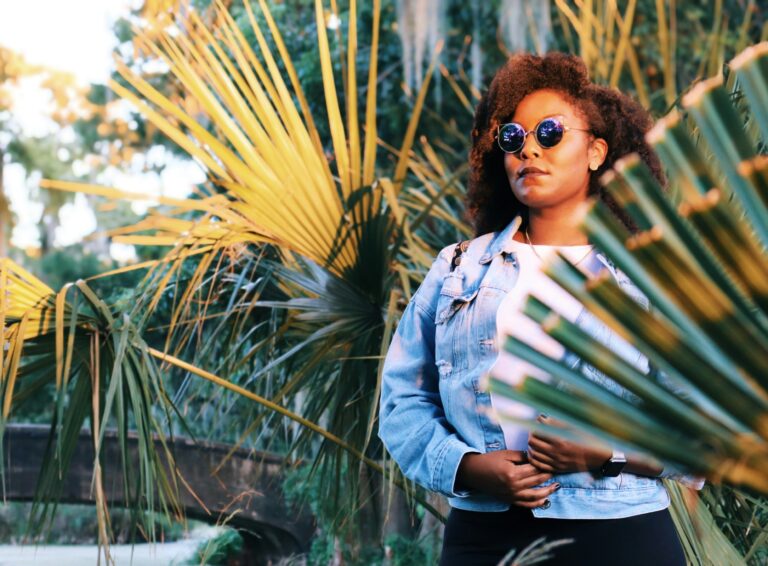Learn how to become a fashion stylist. Explore fashion styling degrees, bachelor of fashion styling programs, and courses in NYC to launch your career.
How to Get a Fashion Styling Degree: Courses, Careers & Programs in NYC and Beyond

Ever dream of curating runway looks, working on celebrity editorials, or styling campaigns for global fashion houses? Then pursuing a fashion stylist degree or specialized fashion styling courses might be your perfect career move.
Whether you’re interested in a full Bachelor of Fashion Styling, short courses in fashion styling in NYC, or freelance styling, this guide walks you through everything you need to know.
Let’s explore what a fashion styling degree entails, top schools offering it, and how to turn your creative eye into a career.
Contents
What Is Fashion Styling?
Fashion styling is the art and profession of selecting, coordinating, and arranging clothing, accessories, and visual elements to craft a specific aesthetic. Stylists influence everything from magazine covers to runway shows to influencer wardrobes.
Key Roles of a Fashion Stylist:
- Editorial styling for magazines
- Celebrity styling for red carpets and events
- E-commerce and lookbook styling
- Wardrobe styling for film/TV/commercials
- Personal styling for clients or VIPs
- Campaign styling for fashion brands
Stylists help tell visual stories through clothing—often becoming the hidden force behind unforgettable fashion moments.
Do You Need a Degree to Become a Fashion Stylist?
No, but having a fashion styling degree or formal training significantly boosts your chances of breaking into competitive markets like New York, London, or Milan.
A degree gives you:
- Technical training in styling, moodboards, fashion history
- Portfolio-building opportunities
- Industry connections and internships
- Access to professional shoots and real-world briefs
- Mentorship from working stylists and art directors
While talent and taste are essential, education helps turn raw skill into industry-ready expertise.
Top Fashion Styling Degree Programs
If you’re looking to earn a Bachelor of Fashion Styling, here are some of the most prestigious and practical programs worldwide:
Bachelor’s in Fashion Styling Programs
| School | Location | Degree Type |
|---|---|---|
| Istituto Marangoni | Milan, Paris, London, Miami | BA in Fashion Styling & Creative Direction |
| London College of Fashion (UAL) | London | BA (Hons) Fashion Styling and Production |
| Polimoda | Florence | Undergraduate in Fashion Styling |
| Fashion Institute of Technology (FIT) | New York | Associate + Bachelor’s in Fashion Styling (via Visual Presentation & Exhibition Design) |
| SCAD | Atlanta, Savannah | BFA in Fashion Styling |
| Academy of Art University | San Francisco / Online | BFA in Fashion Styling |
These programs combine practical styling, fashion history, trend analysis, visual communication, and art direction.
Fashion Styling Courses in NYC
Looking for fashion styling courses in NYC without committing to a full degree? These short-term programs are perfect for career-switchers, aspiring freelancers, or creatives building portfolios.
Top Fashion Styling Courses NYC:
| Institution | Course | Duration |
|---|---|---|
| FIT (Fashion Institute of Technology) | Fashion Styling Certificate | Part-time / 12–16 weeks |
| Parsons (The New School) | Fashion Styling (Continuing Ed) | 5–10 weeks |
| School of Visual Arts (SVA) | Editorial Styling & Storytelling | Weekend / Summer intensives |
| NYC x Design (Private stylists/mentors) | One-on-one styling coaching | Custom |
| Open Style Lab (Parsons-affiliated) | Inclusive Fashion Styling | Seasonal program (focus on accessibility & tech) |
Tip: Many NYC courses offer internships or connect you with working stylists and editorial teams.
What You’ll Learn in a Fashion Styling Degree
Whether it’s a BA in Fashion Styling or a short certificate course, here’s what most programs cover:
Core Curriculum:
- Fashion styling techniques (runway, editorial, commercial)
- Color theory, silhouette, proportion
- Fashion history & trend forecasting
- Moodboards and concept development
- Photography, lighting, and art direction basics
- On-set styling and working with photographers
- Personal branding and client communication
- Portfolio development
- Digital styling (for e-comm & virtual shoots)
You’ll also graduate with a portfolio of styled shoots, which is key to getting hired.
Career Paths After a Fashion Styling Degree
A fashion styling degree opens doors to several roles across creative industries:
| Job Title | Where You’ll Work |
|---|---|
| Editorial Stylist | Magazines (Vogue, Elle, Dazed), freelance, agencies |
| Fashion Assistant / Stylist Assistant | Supporting senior stylists on shoots and runways |
| Celebrity Stylist | Red carpet, events, tours, personal wardrobe |
| E-commerce Stylist | Online retailers (Zara, Net-A-Porter, SSENSE) |
| Personal Stylist / Image Consultant | Private clients, entrepreneurs, influencers |
| Commercial Stylist | TV, film, ad campaigns, product styling |
| Art Director / Creative Director (Long-term) | After years of styling experience |
Final Thoughts: Should You Study Fashion Styling?
If you love fashion, visuals, and storytelling—and want to be behind the scenes of magazine shoots, celebrity events, and runway campaigns—then a fashion styling degree or course is a smart investment.
🎯 Start here:
- Research programs that fit your budget and goals
- Consider NYC courses if you’re looking for a flexible, fast path
- Build a styling portfolio (even if it’s DIY at first)
- Start assisting stylists to gain experience
The future of fashion needs stylists who understand both creativity and culture—and that could be you.
Fashion Styling Degrees & Courses – FAQs
General Questions About Fashion Styling
1. What is fashion styling?
Fashion styling is the art of curating outfits, accessories, and visual themes to convey a brand message, editorial story, or personal image. Stylists work across editorial, commercial, runway, celebrity, and personal styling sectors.
2. Do you need a degree to become a fashion stylist?
Not always, but a fashion styling degree or certificate offers formal training, industry access, and hands-on experience that can accelerate your career.
3. What does a fashion styling degree teach?
It covers fashion history, trend forecasting, visual storytelling, styling for media, digital tools, portfolio creation, and sometimes photography and branding.
4. What careers can you pursue with a fashion styling degree?
- Editorial Stylist
- Celebrity Stylist
- Fashion Director
- Personal Shopper
- Wardrobe Consultant
- Costume Stylist (Film/TV)
5. Can I become a stylist without going to fashion school?
Yes, but you’ll need to build a strong portfolio, assist experienced stylists, and network within the industry to land freelance or in-house opportunities.
Degree Programs & Qualifications
6. What is a Bachelor of Fashion Styling degree?
A 3–4 year undergraduate degree focused entirely on styling, visual merchandising, branding, and creative direction for fashion and media platforms.
7. What are the best schools for fashion styling degrees?
Top schools include:
- London College of Fashion (UK)
- Polimoda (Italy)
- Istituto Marangoni (Milan & Paris)
- FIDM (Los Angeles)
- SCAD (USA)
- Parsons & FIT (New York)
8. How long does it take to complete a fashion styling degree?
A bachelor’s typically takes 3–4 years, while diploma or certificate courses may range from 3 months to 1 year.
9. Are online fashion styling degrees available?
Yes. Platforms like LCF Online, Domestika, and Coursera, along with some traditional schools, offer remote learning or hybrid programs.
10. What qualifications do you need to enter a fashion styling course?
For bachelor’s: a high school diploma, portfolio, and personal statement. For short courses: basic fashion interest, and in some cases, no formal prerequisites.
Fashion Styling Courses in NYC
11. Where can I study fashion styling in NYC?
Top options include:
- Fashion Institute of Technology (FIT)
- Parsons School of Design
- School of Visual Arts (SVA)
- LIM College
- New York School of Design
- Independent programs like Fashion Stylist Institute NYC
12. Are fashion styling courses in NYC hands-on?
Yes. NYC programs emphasize real-world projects, editorial shoots, internships, and often include access to NYFW or fashion brand collaborations.
13. Can international students apply to NYC fashion styling programs?
Yes. Most schools accept international students and may offer F-1 visa support for full-time programs.
14. How much do fashion styling courses in NYC cost?
Short-term certificates range from $800 to $3,000; full degree programs can cost $20,000–$50,000+ per year, depending on the institution.
15. Are there part-time fashion styling programs in New York?
Yes. Many schools offer evening, weekend, or part-time formats for working professionals and aspiring stylists.
Careers & Industry Readiness
16. What jobs can I get after completing a fashion styling degree?
You can work for magazines, PR agencies, fashion shows, celebrities, e-commerce brands, or as a freelance stylist.
17. Do fashion stylists work full-time or freelance?
Most stylists begin as freelancers or assistants. As they grow their network, some land in-house roles at magazines, brands, or production companies.
18. How much do fashion stylists earn?
- Assistants: $15–$25/hour
- Mid-level stylists: $50–$100/hour
- Top celebrity stylists: $100K+ per year
NYC and LA tend to offer the highest rates due to industry density.
19. Is it hard to become a fashion stylist?
It’s competitive and relationship-driven. Success depends on talent, networking, consistency, and developing a signature styling POV.
20. Do fashion styling courses help with internships?
Yes. Top programs include internship placement or industry connections, especially in New York and London.
Portfolio, Skills & Industry Knowledge
21. What’s included in a fashion stylist’s portfolio?
- Editorial test shoots
- Personal projects
- Celebrity or influencer styling
- Visual moodboards
- Behind-the-scenes shots
- Tear sheets (published work)
22. Do I need photography or Photoshop skills as a stylist?
Basic visual editing or presentation skills are helpful. Many stylists use tools like Photoshop, Canva, or Figma to pitch ideas and portfolios.
23. What are the most important soft skills for a stylist?
- Communication
- Creativity
- Organization
- Emotional intelligence
- Time management under pressure
24. What is trend forecasting in fashion styling?
It involves predicting and incorporating emerging style themes, colors, and silhouettes to keep your work relevant and fresh.
25. How do stylists work with photographers and designers?
They collaborate closely on shoots—stylists shape the visual story, photographers capture it, and designers provide the fashion.
Future Outlook & Advanced Questions
26. Can fashion stylists transition into creative directors?
Yes. Many stylists evolve into fashion editors, creative consultants, or brand directors after developing a strong portfolio and leadership profile.
27. Are fashion styling degrees respected in the industry?
Yes, especially from recognized schools. But real-world experience and your portfolio are equally—if not more—important.
28. Can fashion styling be done remotely or online?
Some work, like virtual wardrobe consultations or digital shoots, can be remote. But editorial and campaign work is often on-location or studio-based.
29. What’s trending in fashion styling in 2025?
- Hyper-personalization
- Gender-fluid styling
- Sustainability-focused looks
- AI-enhanced styling tools
- Raw editorial aesthetics
30. Is a fashion styling career right for me?
If you’re passionate about fashion visuals, aesthetics, collaboration, and storytelling, and you thrive in fast-paced, ever-evolving environments—then yes.

Shikha Singh
Keep in touch with our news & offers
Subscribe to Our Newsletter
Thank you for subscribing to the newsletter.
Oops. Something went wrong. Please try again later.






